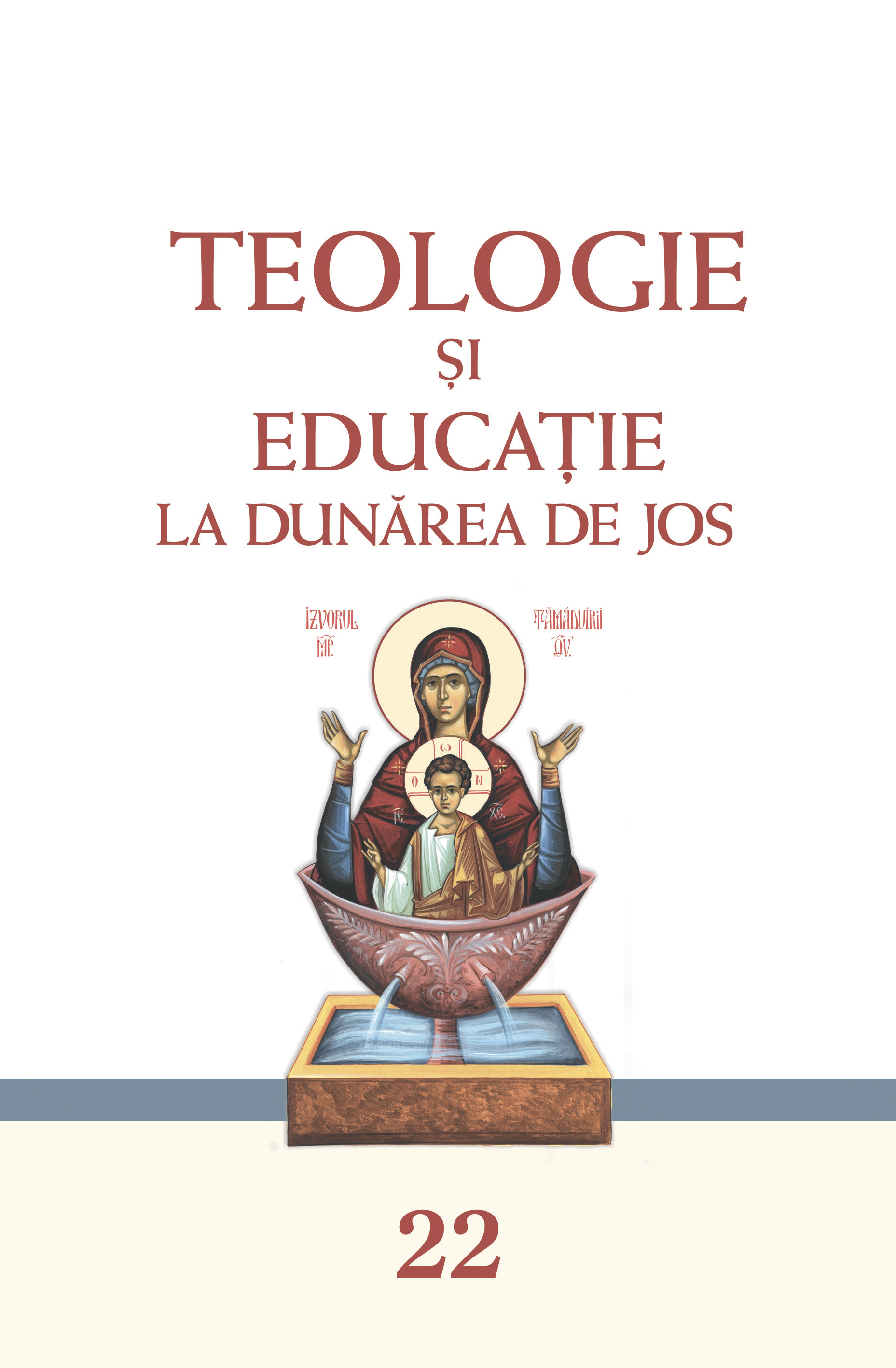Apariția și dezvoltarea vieții monahale în răsăritul creștin în perioada antichității târzii
The Appearance and Development of Monastic Life in the Christian East in the Period of Late Antiquity
Author(s): Ionuţ HolubeanuSubject(s): Christian Theology and Religion, Theology and Religion, Eastern Orthodoxy
Published by: EDITURA ARHIEPISCOPIEI DUNĂRII DE JOS
Keywords: monasticism; Anthony the Great; Pachomius the Great; Macarius the Great; Hilarion the Great; Gerasimus of the Jordan; Sabas the Sanctified; Theodosius the Cenobiarch; Basil the Great.
Summary/Abstract: This study provides a short overview of the origins, evolution, and characteristics of monasticism in the Christian East during Late Antiquity. The first part examines the Christian ascetic movement from the 1st to the 2nd centuries AD which served as the basis for the development of monasticism. Then, the main monastic centers in the eastern regions of the ancient Christian world – Egypt, Palestine, Syria and Mesopotamia, Asia Minor, the city of Constantinople, and the diocese of Thrace – are described. The study outlines their distinctive characteristics and their key representatives, such as saints Anthony the Great, Pachomius the Great, and Macarius the Great in Egypt; Hilarion the Great, Gerasimus of the Jordan, Sabas the Sanctified, and Theodosius the Cenobiarch in Palestine; and Basil the Great in Cappadocia. The assessment confirms the view that monasticism emerged independently and almost simultaneously in several locations across the ancient Christian world (Egypt, Palestine, Syria, Asia Minor). It also highlights the impact of the lives and teachings of certain monastic figures of the time on the development of monasticism in other provinces.
Journal: TEOLOGIE ȘI EDUCAȚIE LA DUNĂREA DE JOS
- Issue Year: XXII/2024
- Issue No: 22
- Page Range: 226-251
- Page Count: 26
- Language: Romanian

